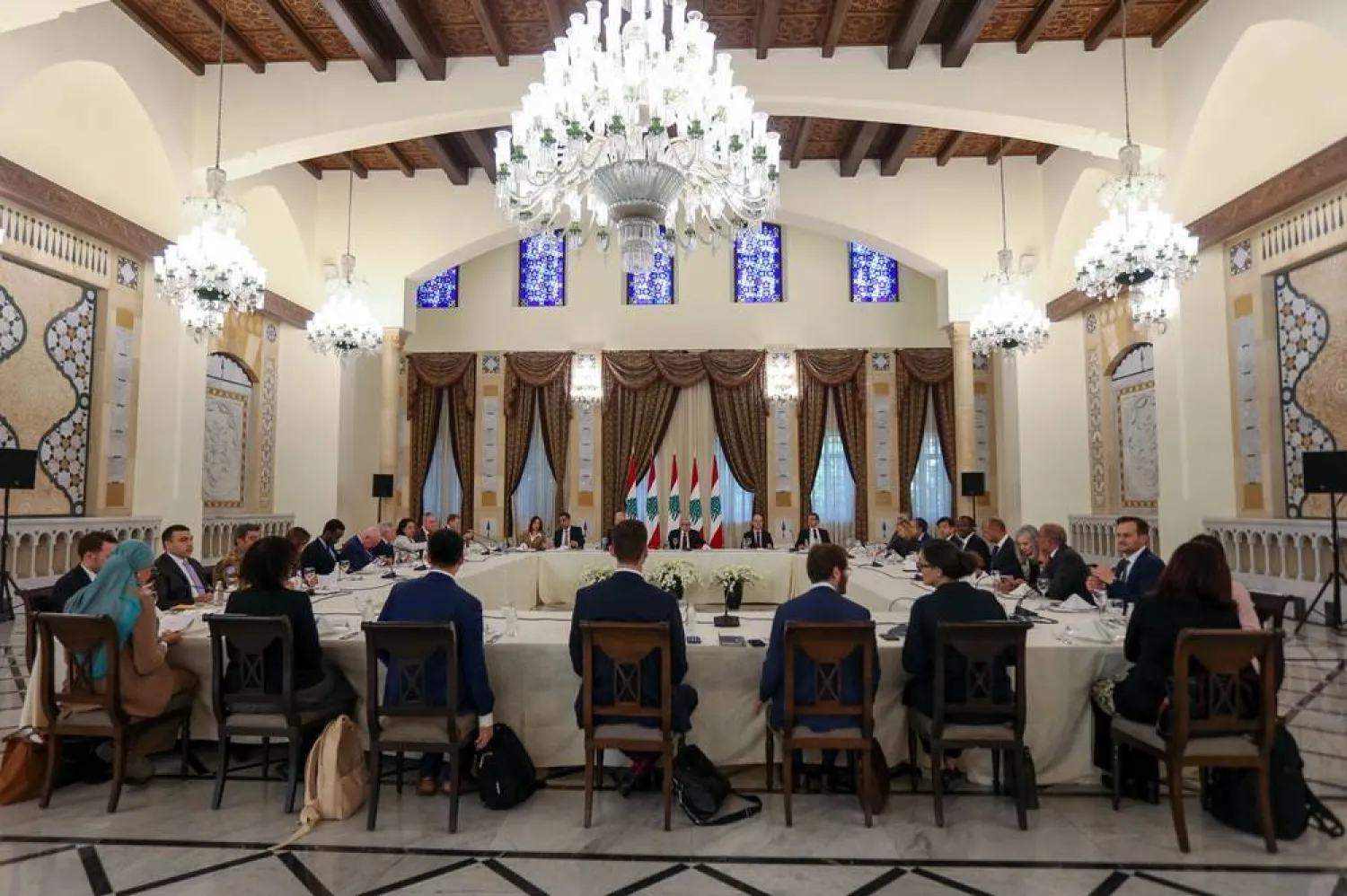Syria's new authorities have arrested a military justice official who under ousted president Bashar al-Assad issued death sentences for detainees in the notorious Saydnaya prison, a war monitor said Thursday.
The confirmation by the Syrian Observatory for Human Rights of his detention came a day after deadly clashes erupted in the coastal province of Tartus, an Assad stronghold, when gunmen sought to protect him.
Mohammed Kanjo Hassan is the highest-ranking officer whose arrest has been announced since Assad's ousting on December 8.
Assad fled for Russia after an opposition-led offensive wrested from his control city after city until Damascus fell, ending his clan's five-decade rule and sparking celebrations in Syria and beyond.
The offensive caught Assad and his inner circle by surprise and while fleeing the country he took with him only a handful of confidants.
Many others were left behind, including his brother Maher al-Assad, who according to a Syrian military source fled to Iraq before heading to Russia.
Other collaborators were believed to have taken refuge in their hometowns in Alawite regions that were once a stronghold of the Assad clan.
- Thousands of death sentences -
According to the Association of Detainees and Missing Persons of Saydnaya Prison, Kanjo Hassan headed Syria's military field court from 2011 to 2014, the first three years of the war that began with Assad's crackdown on Arab Spring-inspired democracy protests.
He was later promoted to chief of military justice nationwide, the group's co-founder Diab Serriya said, adding that he sentenced "thousands of people" to death.
The Saydnaya complex, the site of extrajudicial executions, torture and forced disappearances, epitomised the atrocities committed against Assad's opponents.
The fate of tens of thousands of prisoners and missing people remains one of the most harrowing legacies of his rule, according to AFP.
After 13 years of civil war, Syria's new leaders from Hayat Tahrir al-Sham (HTS) face the monumental task of safeguarding the multi-confessional, multi-ethnic country from further collapse.
With its roots in Syria's branch of Al-Qaeda, HTS has moderated its rhetoric and vowed to ensure protection for minorities, including the Alawite community from which Assad hails.
With 500,000 killed in the war and more than 100,000 still missing, the new authorities have also pledged justice for the victims of abuses under the deposed ruler.
They also face the substantial task of restoring security to a country ravaged by war and where arms have become ubiquitous.
- Hate or revenge -
During the offensive that precipitated Assad's ousting, opposition factions flung open the doors of prisons and detention centres around the country, letting out thousands of people.
In central Damascus, relatives of some of the missing have hung up posters of their loved ones in the hope that with Assad gone, they may one day learn what happened to them.
World powers and international organizations have called for the urgent establishment of mechanisms for accountability.
With the judiciary not yet reorganized since Assad's toppling, it is unclear how detainees suspected of crimes linked to the former authorities will be tried.
Some members of the Alawite community fear that with Assad gone, they will be at risk of attacks from groups hungry for revenge or driven by sectarian hate.
On Wednesday, angry protests erupted in several areas around Syria, including Assad's hometown of Qardaha, over a video showing an attack on an Alawite shrine that circulated online.
The Observatory said that one demonstrator was killed and five others wounded "after security forces... opened fire to disperse" a crowd in the central city of Homs.
On Thursday, the Observatory reported deadly clashes in Homs province between security forces and gunmen from a gang allegedly involved in murders and kidnappings under the former government.
State news agency SANA reported that the fighting erupted when "outlawed groups affiliated with Assad's militias" attacked the new authorities' forces.
- 'We want peace' -
On Thursday, the information ministry introduced a ban on publishing or distributing "any content or information with a sectarian nature aimed at spreading division and discrimination".
In one of Wednesday's protests over the video, large crowds chanted slogans including "Alawite, Sunni, we want peace".
Assad long presented himself as a protector of minority groups in Sunni-majority Syria, though critics said he played on sectarian divisions to stay in power.
In Homs, where the authorities imposed a nighttime curfew, 42-year-old resident Hadi reported "a vast deployment of HTS men in areas where there were protests".
"There is a lot of fear," he said.
In coastal Latakia, protester Ghidak Mayya, 30, said that for now, Alawites were "listening to calls for calm", but that putting too much pressure on the community "risks an explosion".
Noting the anxieties, Sam Heller of the Century Foundation think tank told AFP that Syria's new rulers had to balance dealing with sectarian tensions while promising that those responsible for abuses under Assad would be held accountable.
"But they're obviously also contending with what seems like a real desire on the part of some of their constituents for what they would say is accountability, maybe also revenge, it depends on how you want to characterize it," he said.









